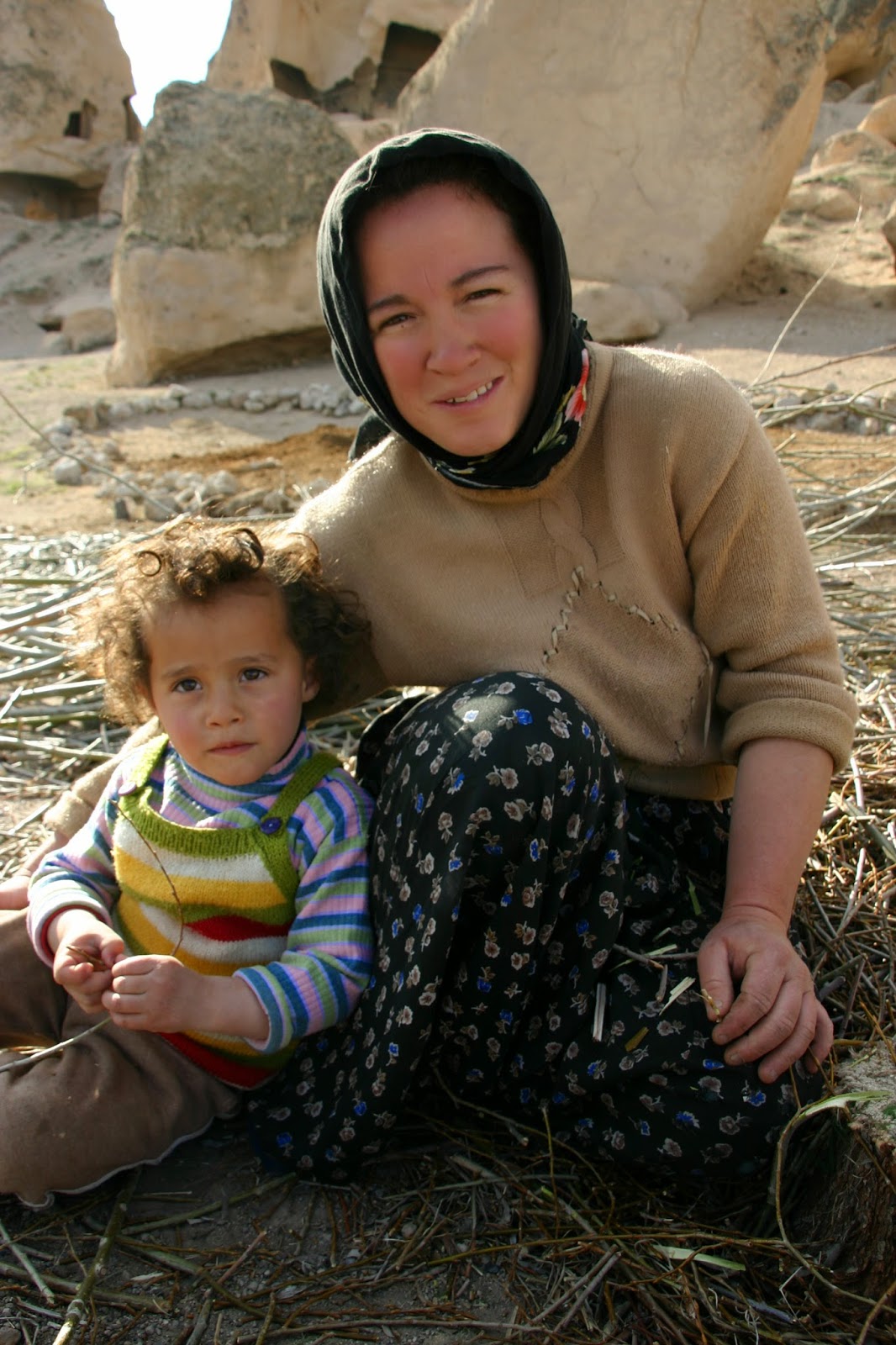Thursday, May 29, 2014 - 
 1 comment
1 comment

 1 comment
1 comment
How Bazaar, How Bazaar (Part Three: The Headscarf Bazaar)
Not all headscarves are created equal.
A headscarf isn’t just a headscarf. It’s a statement. It says a lot about the girl underneath, but also about her family, and possibly the religious sect she belongs to.
For example, if it’s loosely tied with the ends flowing down the back or hanging forward over her shoulders, she’s probably your average village lady - possibly covered more out of tradition than religious conviction. (You might even - gasp! - catch a glimpse of a little hair showing around the edges.)
Hair pulled up into a bun underneath with a bone (band/wrap) covering the upper part of her forehead (no exposed tendrils here!) and a silky/shiny scarf tied tightly under the chin means she’s covered-with-a-purpose. Depending on the style of tying, she might be part of a religious group or attend a religious school, and certain styles often signify a lot of money and certain political affiliations.
The full black çarşaf (this literally means “sheet” and refers to the head to toe covering most know as a burqa) is the most conservative. It used to be that you’d find these mostly out east, but they are increasingly common in the big cities in the west now, too, which the secularists find a bit alarming.
I always wondered exactly how many layers some of those girls were wearing, and I’ve marvelled at how they manage to cover every bit of skin but their face and hands without sweating to death. But in the “Yazmacılar Çarşısı” (“Headscarf Bazaar”) I found my answers. That street (and the surrounding area) had every style, weave, fabric and design of headscarf imaginable, so that everyone from the accessorizing Bohemian to the ultra-religious Saudi tourist would find something to please. (Not to mention a huge selection of prayer mats and "pilgrimage supplies" as well.)
There the mysteries of The Covered Girl’s Secret Weapons unfolded before my very eyes: a bone that also comes down to not only frame the face, but cover the chin and neck, kinda like the top of a diver’s wetsuit. This would be handy in the summer because it means she doesn’t have to wear a turtleneck underneath her other shirt. Or, even more useful, the “turtleneck dickie” that covers just the neck and shoulders. And then there were the arm covers that cover the forearm up to just above or just below the elbow, so you can get away with a short sleeved shirt and not expose your skin, but not have to roast to death underneath either.
Now, if the day comes where hair flowing freely in the streets is no longer acceptable, I know where to go for supplies. And with as hot as it gets where I live, those "secret weapons" would come in mighty handy! (And if, for some crazy reason, men begin to cover their heads, well, apparently there's an answer for that, too!)


































